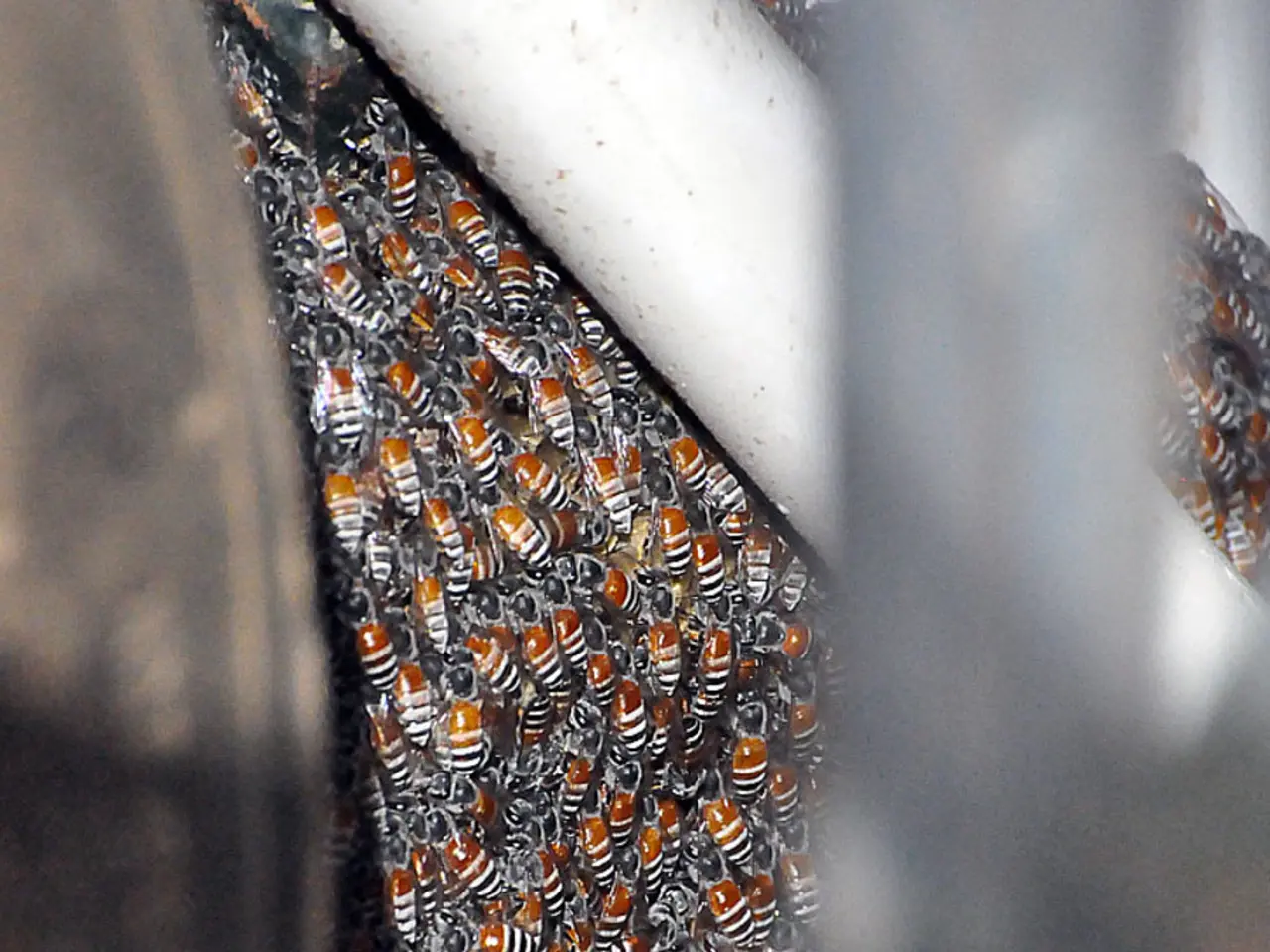Exploring Bee Pollen versus BVT for Treating Lyme Disease
In the realm of alternative therapies, bee pollen and bee venom have gained attention for their potential benefits, particularly in the context of Lyme disease. However, it's crucial to approach these substances with caution, as the scientific evidence supporting their use is still developing.
Bee pollen, a mixture of flower pollen, nectar, enzymes, honey, wax, and bee secretions, is rich in vitamins, minerals, proteins, lipids, fatty acids, and antioxidants. It's believed to have anti-inflammatory, antioxidant, and immune-boosting properties. However, there is currently no direct scientific evidence supporting the use of bee pollen for treating Lyme disease.
On the other hand, bee venom, a different substance from bee pollen, has shown some medicinal properties such as anti-inflammatory, antioxidant, antibacterial, antiviral, and antifungal effects. One compound in bee venom, melittin, may help break down the protective biofilms of Lyme-causing bacteria. Some studies have shown promising results for bee venom therapy in treating Lyme disease, with 25% of patients fully recovering or being 85-95% recovered after one year.
However, it's important to note that bee venom therapy is not yet FDA-approved for Lyme disease treatment, and more research is needed to fully establish its efficacy and safety. The role of bee venom in treating Lyme disease is more clear compared to bee pollen.
Bee venom therapy involves the intentional application of bee venom to the body for healing purposes. This can be done through injecting small amounts of honeybee venom under the skin or using live bee stings, with a treatment frequency of 3 times weekly and a duration of treatment ranging from 6 months to 2 years. However, this therapy can be extremely dangerous for people with known allergies to bee venom.
In contrast, the safety and efficacy of bee pollen as a supplement for Lyme disease are less clear. While some studies suggest that bee pollen may possess antimicrobial effects, there is no substantial clinical evidence specifically linking bee pollen to effective treatment of Lyme disease.
Given these considerations, it's essential to consult with a healthcare provider before incorporating bee pollen into your regimen, especially in the context of Lyme disease or any chronic condition. Bee pollen may serve as a supportive supplement to enhance overall health and immune function during Lyme disease treatment, but its role in directly treating the disease is not yet established.
In summary, while bee venom and bee pollen have some recognized bioactive properties, scientific literature does not currently support bee pollen as a treatment for Lyme disease, and any claims of its benefit should be viewed with skepticism until validated by clinical research. On the other hand, bee venom therapy shows more promise, but more research is needed to fully understand its benefits, risks, and optimal application in Lyme disease treatment.
Bee pollen, despite its rich nutritional profile and potential benefits, does not have direct scientific evidence supporting its use for treating Lyme disease. It may serve as a supportive supplement for health and wellness, but its role in treating chronic diseases like Lyme disease is not yet established.
In contrast, bee venom therapy has shown promising results in some studies for treating Lyme disease, but requires further research to fully understand its benefits, risks, and optimal application, especially due to its potential danger for people with allergies to bee venom.




